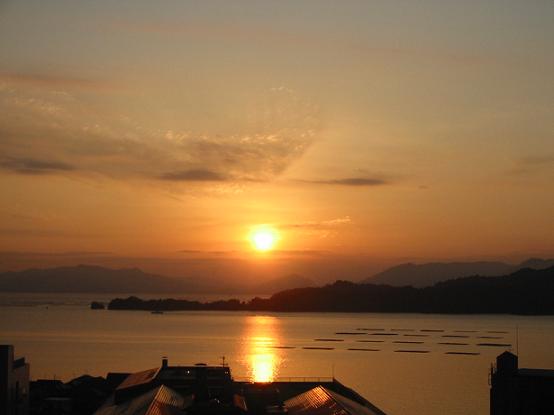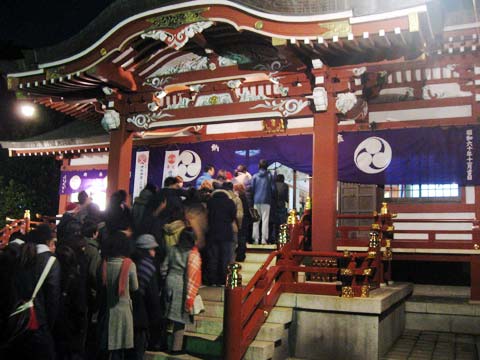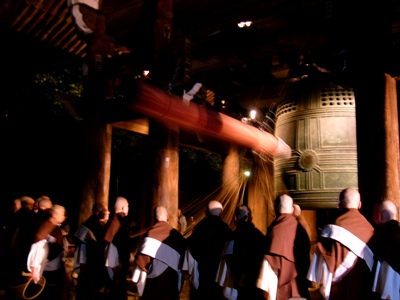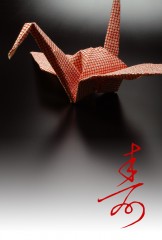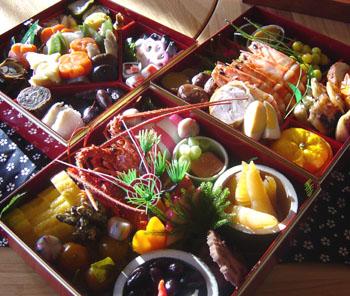- 12/30/2010
- 02/27/2021
New Year in Japan 4 – Hatsu-hinode
On New Year’s Day, many people go to see the sunrise. The sunrise on New Year’s Day is called Hatsu-hinode (?????ャ????), literally ‘first sunrise’. In Japan, Hatsu-hinode is thought to be very auspicious, as it is the first dawn in the year. This custom is actually not very old.? It is said that seeing Hatsu-hinode was spread in the Meiji period (1868-1912), and the origin?was the New Year’s ceremony by the Emperor. There are many spots famous around Japan, for seeing the beautiful Hatsu-hinode.? Some people climb Mt. Fuji and see Hatsu-hinode from the mountaintop. There are Hatsu-hinode seeing events in Tokyo, and the observation decks of tall buildings such as Roppongi Hills, Sunshine City, and Tokyo Tower, are open early in the morning for this. — Higherground Co.,Ltd. 2-8-3 Minami-Aoyama, Minato-ku, Tokyo, Japan TEL:03-6459-2230 HP:http://www.higherground.co.jp/ TOP PAGE:?https://livingtokyo.net/
